The following is a guest post by Simon King, a photographer based in London who loves portraiture, street and photojournalism. All images are property of Simon King and shared with his permission.
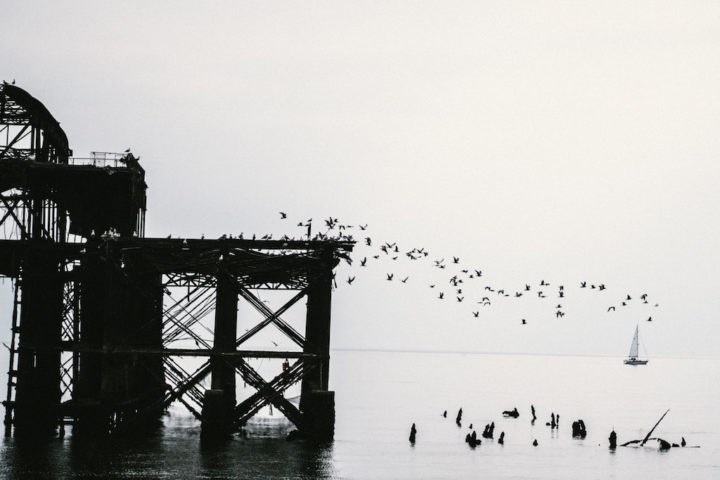
In my opinion, the purpose of mirrorless cameras is their absolute versatility, representing the forefront of what digital has to offer, with the adaptability to nearly any antiquated, bizarre, or otherwise classic combination of glass. I have photographed with mirrorless cameras my entire life, from my first camera the Nex-7, to my current workhorse the Leica M240 (aside from a brief affair with the Pentax K3ii, which I recently sold).
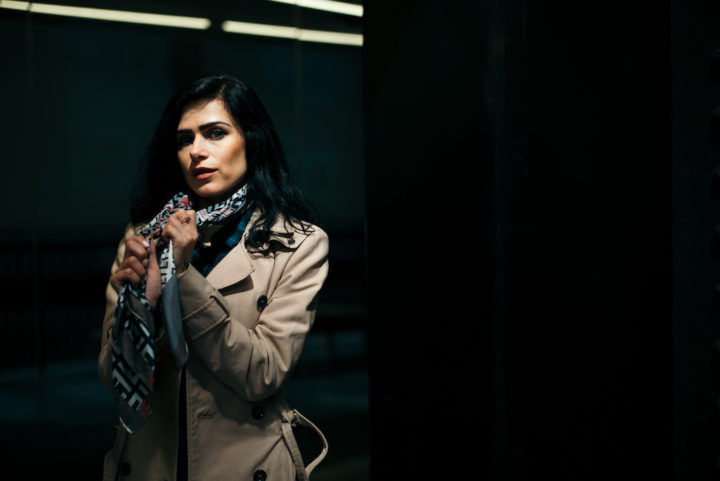
Although I have been travelling more frequently since taking on photography my everyday life is in London. Most will agree that the “everyday” camera by definition is the most portable and adaptable device you own. For many this is the iPhone, the best selling camera in the world; for others it is one of any number of competing mirrorless compacts.
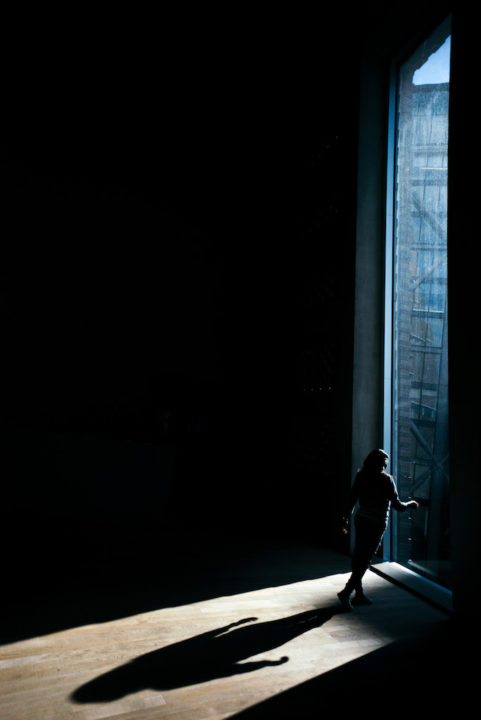
My street photography style would not be the same if I had to carry anything large, restrictive, or intimidating. Although I am not the most shy person I am far from the most outgoing and friendly either. Many of my photographs I believe I would not have taken if I had been worrying about the bulk of a DSLR.

For example, the above photograph was taken on a 21mm Zeiss Biogon. I was practically knelt at the subjects feet as he finished his cigarette. I can’t have been more than a meter away and he never looked at me once. I doubt this would have been the case, if I had used a 5D and equivalent lens, especially with the louder and less discreet shutter clack.
Smaller cameras allow me to be friendlier, and more personal. It is easier to talk to a stranger in the street and then take a photograph almost as an afterthought after making a connection than it is to walk around as the personal paparazzi to the planet, flashguns and 70-200 pressed up against peoples faces as if they were a part of the landscape.
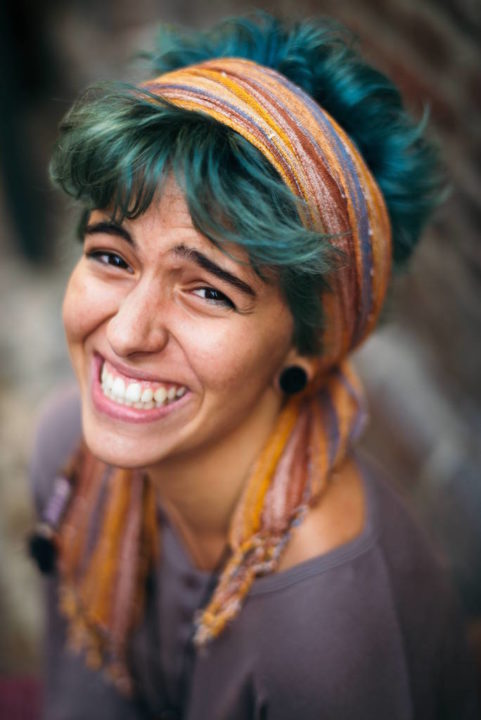

I also find that my style is not limited to the format. Often we lock ourselves into the sensor size, or standard “A” print sizes for the ideal “shape” of our frames. If I were to ever buy a film camera it would be the X-Pan for its unique wide-format-as-standard aesthetic. However I do not need to buy an X-Pan, as this aesthetic is achievable very easily with a moderate-to-wide lens and a high resolution sensor. It is achievable, through taping off areas of the sensor, to have the same field of view through the lens – very tricky to replicate on a DSLR, where tape is required on both the mirror as well as over the sensor, perfectly aligned.
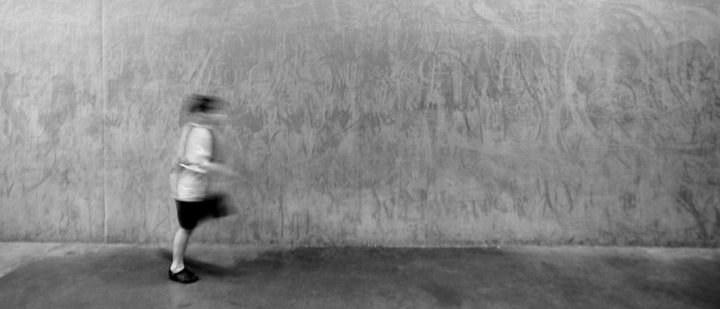
I am having a lot of fun at the moment in creating cinematic street scenes and portraits simply by narrowing down to roughly 16×9 and shooting as usual.
I have been photographing around London, my home and, (to a lesser extent, for now anyway) around the world, with mirrorless cameras and I don’t think I could ever move over to DSLR style, neither do I require the aesthetic or ritual of film. Without a small camera I would not feel the same level of comfort as I do today, accessing the opportunities to visit beautiful places, or meet fantastic characters.

If you like my work I’d really appreciate if you could follow my feed on Instagram, where I welcome feedback and criticisms (within reason), and I’m also open to a message if you’d ever like to collaborate or meet up for a photo-walk. You can also visit my portfolio and personal blog.
Thank you for taking the time to read this article, and thank you to MirrorLessons for featuring my work!
